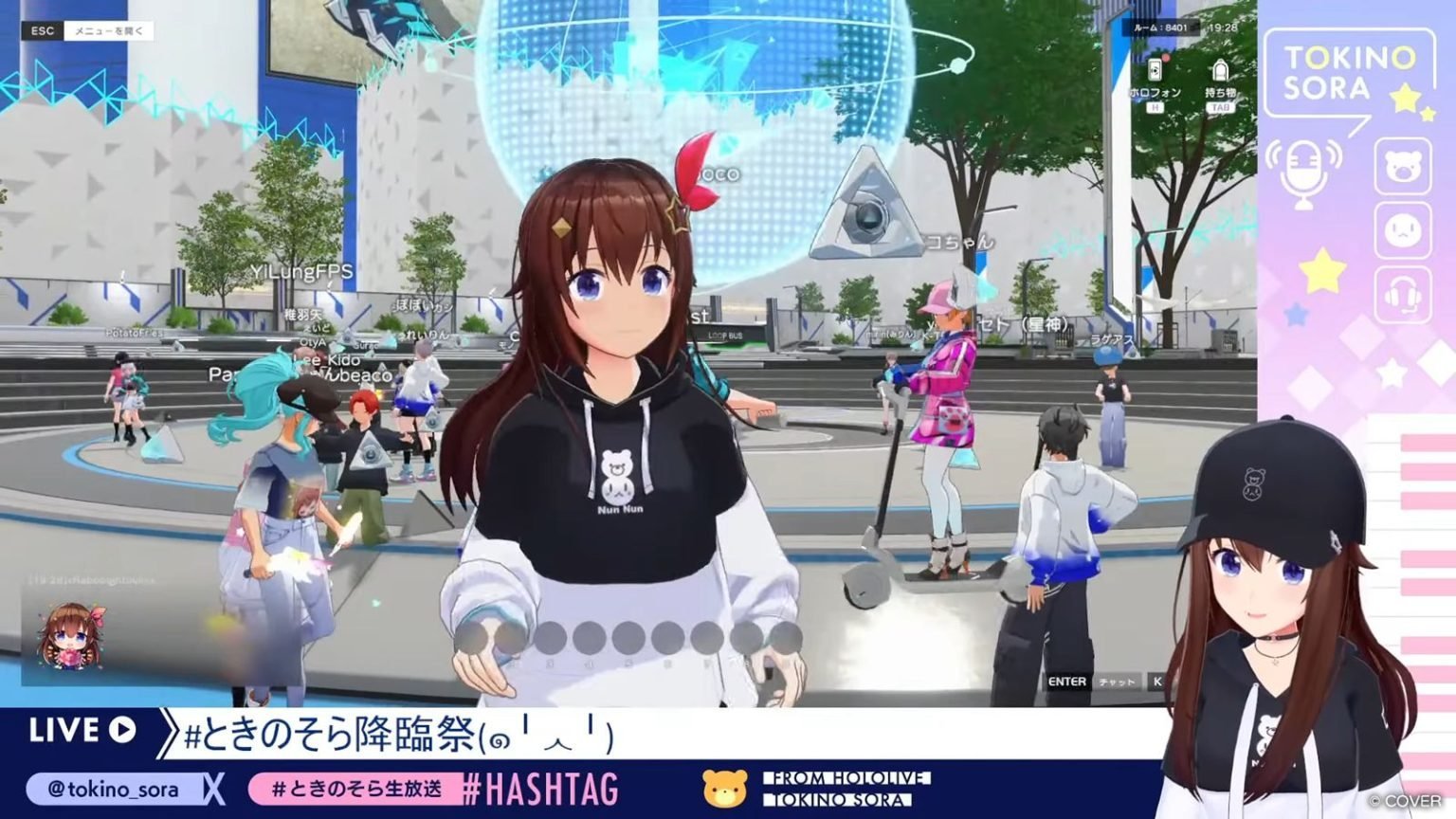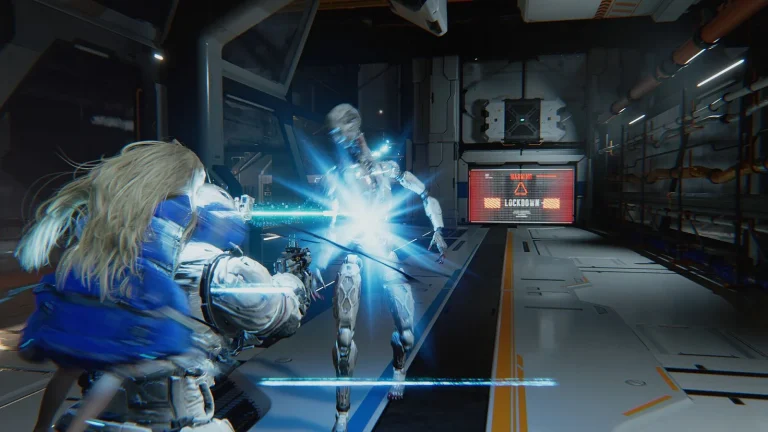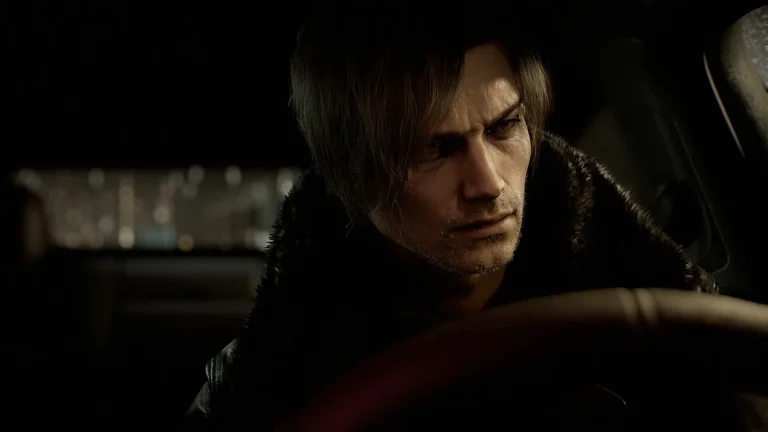Earlier this year, COVER Corporation – the company behind VTuber agency hololive production – launched its open-world virtual platform Holoearth. The platform lets players create their own anime avatars, go on adventures, craft, shop and attend various VTuber-related events. COVER describes it not as a game, but as an entirely new space where fans can “finally step into the world on the other side of the screen” and meet their favorite VTubers face-to-face.
Continuing from our discussions about COVER’s origins as a game venture and its initiatives to support indie game developers, we asked CEO Motoaki Tanigo (YAGOO) and promotion lead Ryota Aomi “what exactly is Holoearth?”
According to Aomi, Holoearth wasn’t conceived as a traditional game at all. “At COVER, we didn’t think of it as a game to begin with,” he explains. “It was born from our desire to bring VTuber talents and their fans even closer together.”
Fan interaction with VTubers generally happens mainly through livestream chats or social media posts, which are bound by text and distance. Even “in-person” live concerts, while a step forward, are limited in how much of a connection the viewer can feel with the performing VTuber. According to Aomi, Holoearth was created to change that, by letting fans step into a shared virtual space with their idols using avatars.

COVER’s CEO Motoaki Tanigo has often emphasized a “creator-first” philosophy, and Holoearth is likewise meant to inherit that spirit. The platform is designed not just for fans to gush over the idols and buy merch, but to encourage players to create, including the VTubers themselves. “We see our talents as creators too,” says Aomi. “So we wanted to build a place where both fans and talents can act freely, without being bound by constraints of the real world.”
This is realized through Holoearth’s User Generated Content (UGC) features, which let users design and sell their own in-game items, such as clothing or accessories, and even earn real-world money from them. The system links virtual and physical economies, with royalties returning to VTubers whenever fans create and profit from items based on their IP. Some talents, like Natsuiro Matsuri and Shirakami Fubuki, have even taken items which they designed themselves within Holoearth and turned them into real-world merch.

YAGOO and Aomi both stress that Holoearth isn’t meant to be a typical metaverse-style service. “When people hear ‘virtual world,’ they tend to imagine a place,” Aomi says. “But what we really want to deliver isn’t a place, but rather the experiences emerging from it.” Their goal is to create “deeper, more meaningful forms of interaction” between fans and talents, using the virtual world as a stage rather than an end in itself.

As such, COVER’s approach to Holoearth’s development is very community-based. The team bases its roadmap primarily on the opinions and requests of VTubers and users. “It’s less about what the developers want to make,” says Aomi, “and more about realizing what everyone wants.”
YAGOO adds that COVER isn’t necessarily fixated on owning its own exclusive platform. The primary purpose behind Holoearth is to explore “how to connect with our audience through an online community,” and “how to make both fans and talents happy.”
[Interviewer, writer: Kousaku Akano]
[Editor: Sayoko Narita]
© COVER





